A Raptor Watch Weekend
Saturday (15 February 2014) – Newlands Raptor Watch
This past weekend saw the annual Somerset West Bird Club raptor watch take place at Newlands Forest. Last year was my first time attending this yearly outing and we managed to catch sight of a European Honey Buzzard that time, so I was hoping for a repeat this year. We, the bird club members – departed from the parking area at Somerset Mall at 06:00. The outing would be lead by Tertius Gous, who is not only an excellent bird photographer but also has vast experience with raptors and raptor identification. You couldn’t ask for a better guide for a raptor outing. There were about 15 of us, so it was a fairly good sized group of people.
We arrived at Newlands Forest at about 6:45 and after getting the group together we set our sights on tackling the mountain path to the look-out point. The walk isn’t very long, but it’s pretty intense – with a steep incline, allowing even the fitter individuals to lose their breath a bit. We waded through the pine covered paths, zigging and zagging below the forest canopy, with our eyes towards the tops of the trees, looking for any movement and keeping our ears open for any calls.
At the beginning of the path we came across some Swee Waxbills feeding in the yellow glow of sunrise.


About half way through our walk to the top we heard the first sign of raptor activity, with what sounded like a Black Sparrowhawk call. Though we were unable to get visuals on this individual.
Once at our originally desired location, we were held back by overgrowth which had turned out viewing location into a mess of thorns and trees. In turn we had to do a bit of hunting to find another location with a good view of the sky and mountain. It wasn’t long before we came to an area that suited us just fine. Everyone set down their bags, got out their water and perhaps some snacks and began watching the skies, as all good birders do.
Things started off quite slowly, with about 30 minutes passing before we got our first sign of life. Between the cascading sunlight in the forest, we watched the silhouette of a bird approach and perch itself on a tree on the edge of the forest. An adult African Harrier Hawk would be the first raptor on our list for the day, and a healthy looking individual at that. He stayed on the branch for a few minutes before taking flight along the line of the forest, moving further away from us.

Eyes once again turned to the open skies, and the next thing we saw were a number of White Necked Ravens, coming up from the mountain as the thermals were starting to develop and provide them with the lift needed for easy soaring. Someone quickly pointed out a larger figure flying with the Ravens, who were extremely far in the distance. The white windows on the primary flight feathers immediately gave away the ID as a Verreaux’s Eagle (also known as a Black Eagle), quite a decent sighting for the area.
Things then quietened down a bit, with me only catching a glimpse and record photo of a Rufous-Chested Sparrowhawk in the far distance. There were a few other Buzzards seen, but at a distance that they weren’t even IDable. A Jackal Buzzard gave a brief appearance as well as a Steppe Buzzard that flew passed us and towards the mountain.
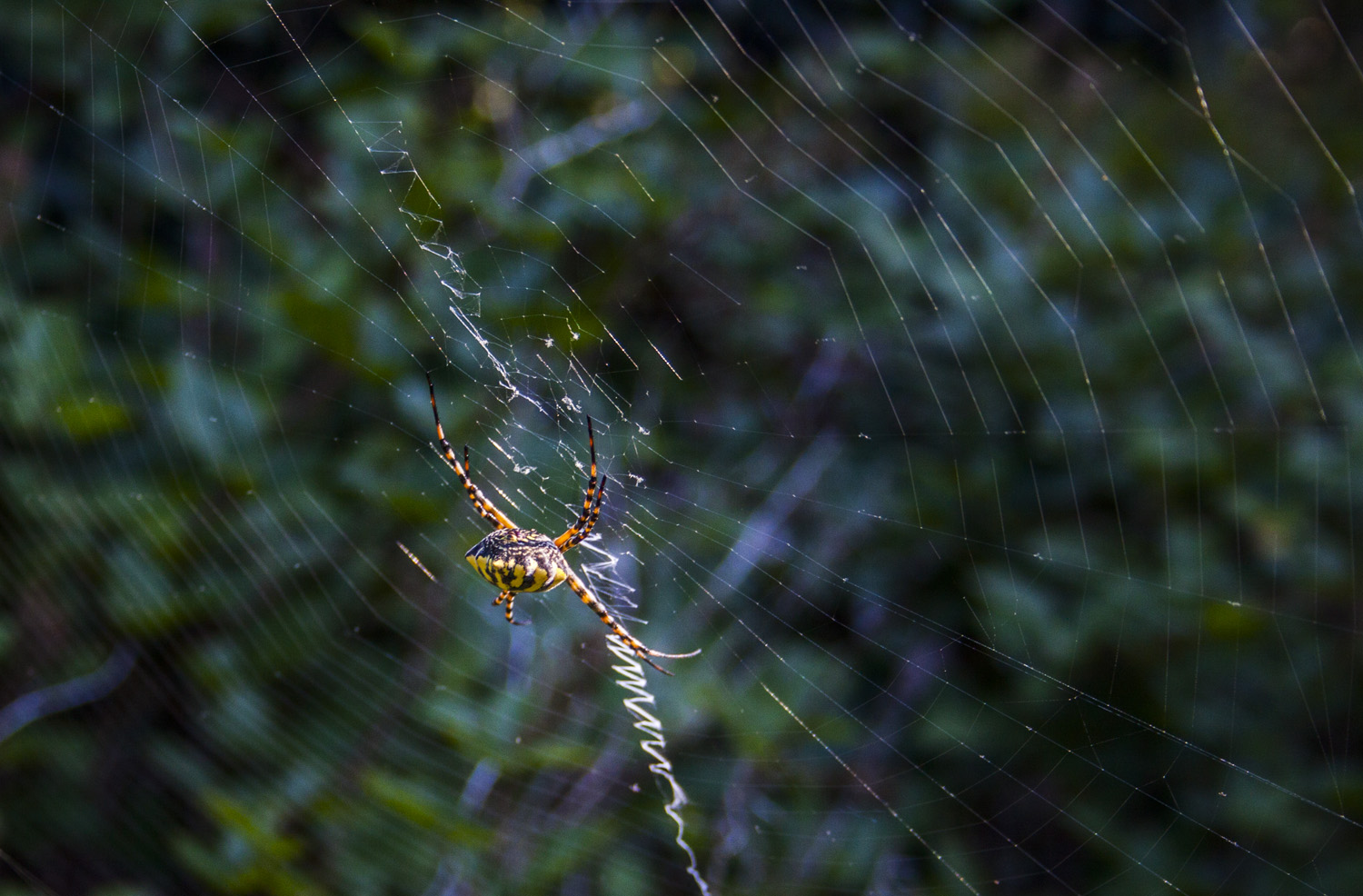
A Black Sparrowhawk then came from the forest behind us and passed overhead towards the mountains – not spending much time in the area at all.
Everyone socialized and relaxed while we waited for the next visitor. Some attention was paid to an Orb-Web Spider nearby. Somber Greenbuls were calling thoroughly throughout, from all areas of the forest. A few African Olive Pigeons passed by, sometimes causing a double take from a distance, due to their larger size. One of the members managed to see a Common Chaffinch along the path, with other bird life including Orange-Breasted Sunbird, Lesser Double Collared Sunbird, Cape White-eye and Forest Canary.
We got a treat in watching a juvenile and an adult African Harrier Hawk interact. Originally we were a bit unsure of the juvenile, as the younger African Harrier Hawks are notorious for their ambiguous plumage that can lead birders to think it may be something more significant.
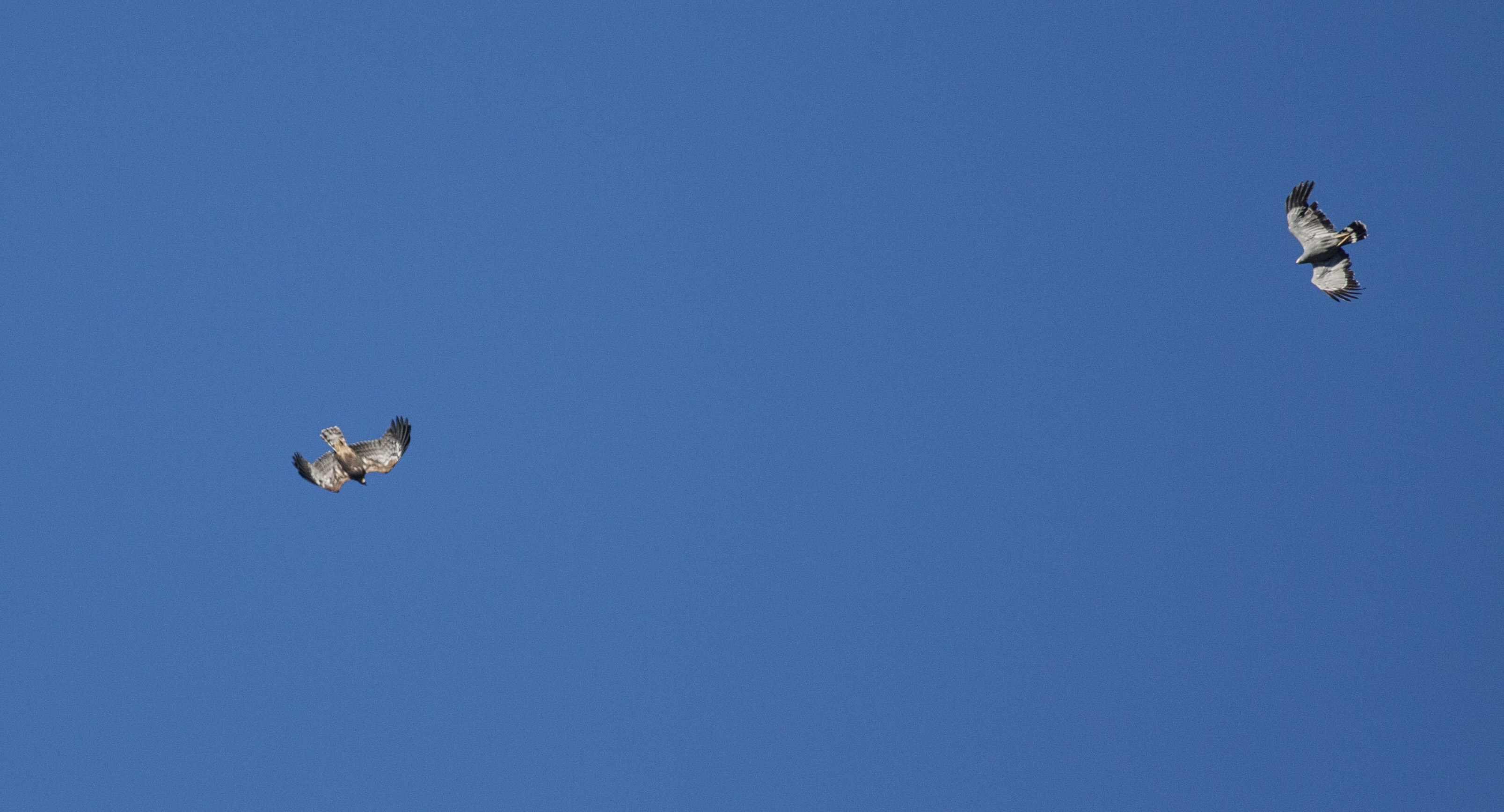
On the way back to the car we came across what appeared to either be one of the Cape Buzzards or a Steppe Buzzard, as well as a Black Sparrowhawk.
Overall the outing was great fun and it’s always good to see some raptors, though I think we were all slightly disappointed in not getting that elusive Honey Buzzard. Also a bit surprising was the lack of Yellow Billed Kites.
Sunday (16 February 2014) – Somerset West & Macassar Birding
Tertius and I have done some birding together in the past, and he had found himself free on the Sunday following the Newlands Raptor Watch and was kind enough to contact me and ask if I wanted to join him. Without hesitation I accepted the offer and we subsequently headed out at 6:00 on Sunday morning to a local location, which I’m going to hold off the exact location off, as it’s not really accessible to most.
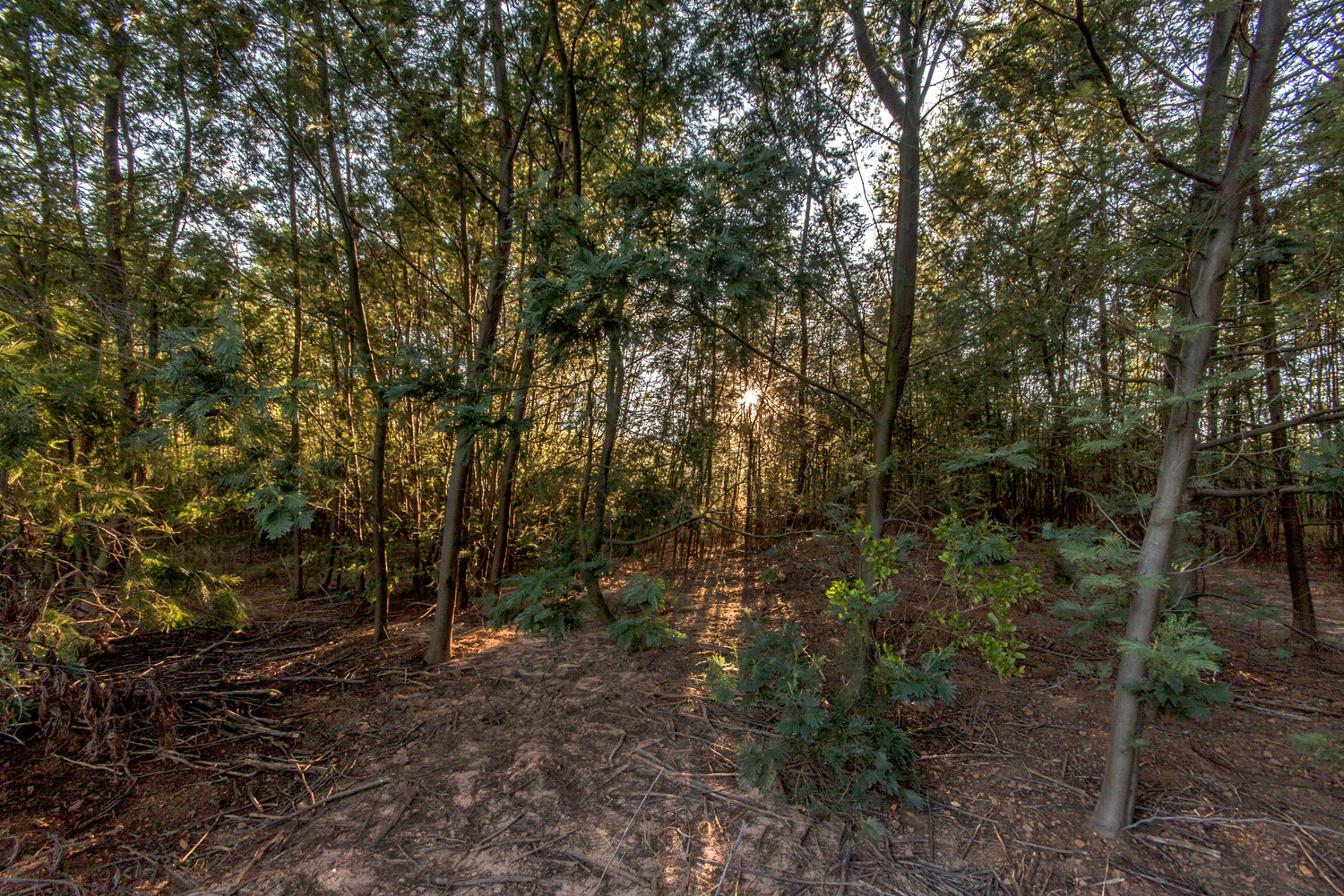

None the less, we arrived at the location prior to sunrise and were treated to some beautiful visuals of the moon over the Helderberg area, with swifts darting over its glow, creating fast moving silhouettes. Our goal at this location was to spot raptors and perhaps 20 minutes in we got the first sighting, that of a Yellow-Billed Kite with some material flying in the distance, with the sun still hidden behind the Hottentots Holland Mountains. Our next raptor was one of the Cape Buzzards, also far in the distance.
Bird life closer to the ground included a few Fork-Tailed Drongos, deeping and booping like R2D2 in the bushes, Cape Robin Chats, African Olive Pigeons and a few others.
Suddenly Tertius’s ears perked up and he asked if I heard the call that was just made. A call like that of the Tambourine Dove… We quickly went in search of it, from the direction the call came, but nothing… We both got out our phones to double check the calls, and after doing so it seems even more likely that it was in fact a Tambourine Dove. A while later we heard another call from the opposite direction. We didn’t get any visuals, but the odds are definitely on it being the right call.


Things didn’t heat up bird wise, but they were definitely starting to heat up weather-wise and by 9am it was already nearing 30’C. We decided to call it a day at the location and instead try our luck at the Macassar Sewage Works, just a few kilometers away – but not before stopping along the road side and watching a Steppe Buzzard feed on an open field.
We arrived at the Sewage Works and went towards the mouth area, but despite being low tide, the water was high and there weren’t very many waders at all. The first bird we came across was a Greenshank, followed by a number of regular gulls and Greater Flamingos.



I was really hoping for a Little Bittern, as I still need one for my life list and they have been seen at the works before. We drove across to the furthest pan, and noticed a Malachite Kingfisher in the reeds near the shore. Water birds included the regulars, Yellow Billed Ducks, Cape Teal, Cape Shoveler etc. At the edge of the pan, we settled and tried to get some shots of the birds flying around, which included Pearl Breasted Swallows, Rock Martins, Little Swifts, Greater Striped Swallows and a few others.
We got some excellent views of Lesser Swamp Warblers feeding nearby, and also saw a Pied Kingfisher perched on one of the metal rails. We also got visuals of the Mute Swan which seems to move between there and Paardevlei.


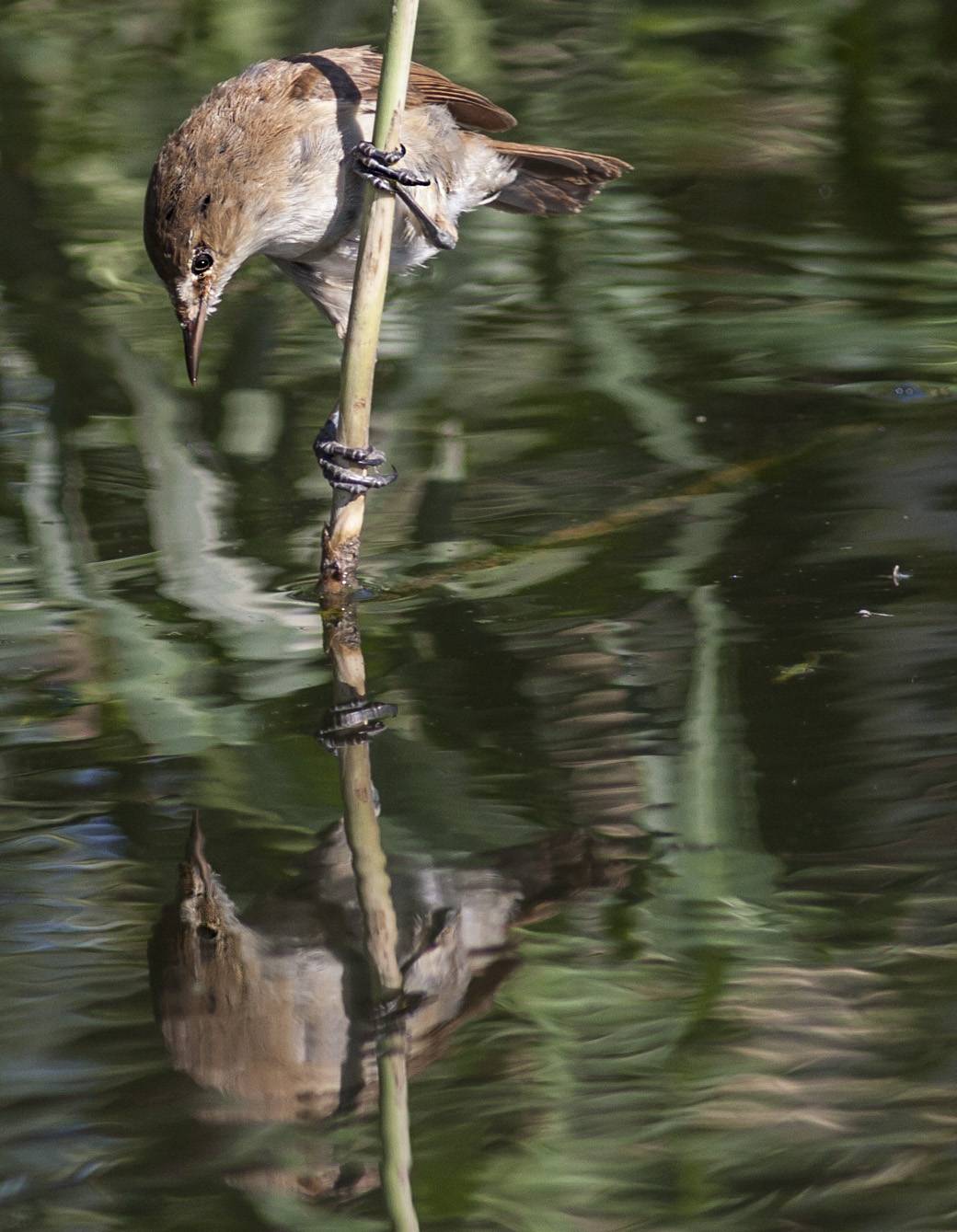

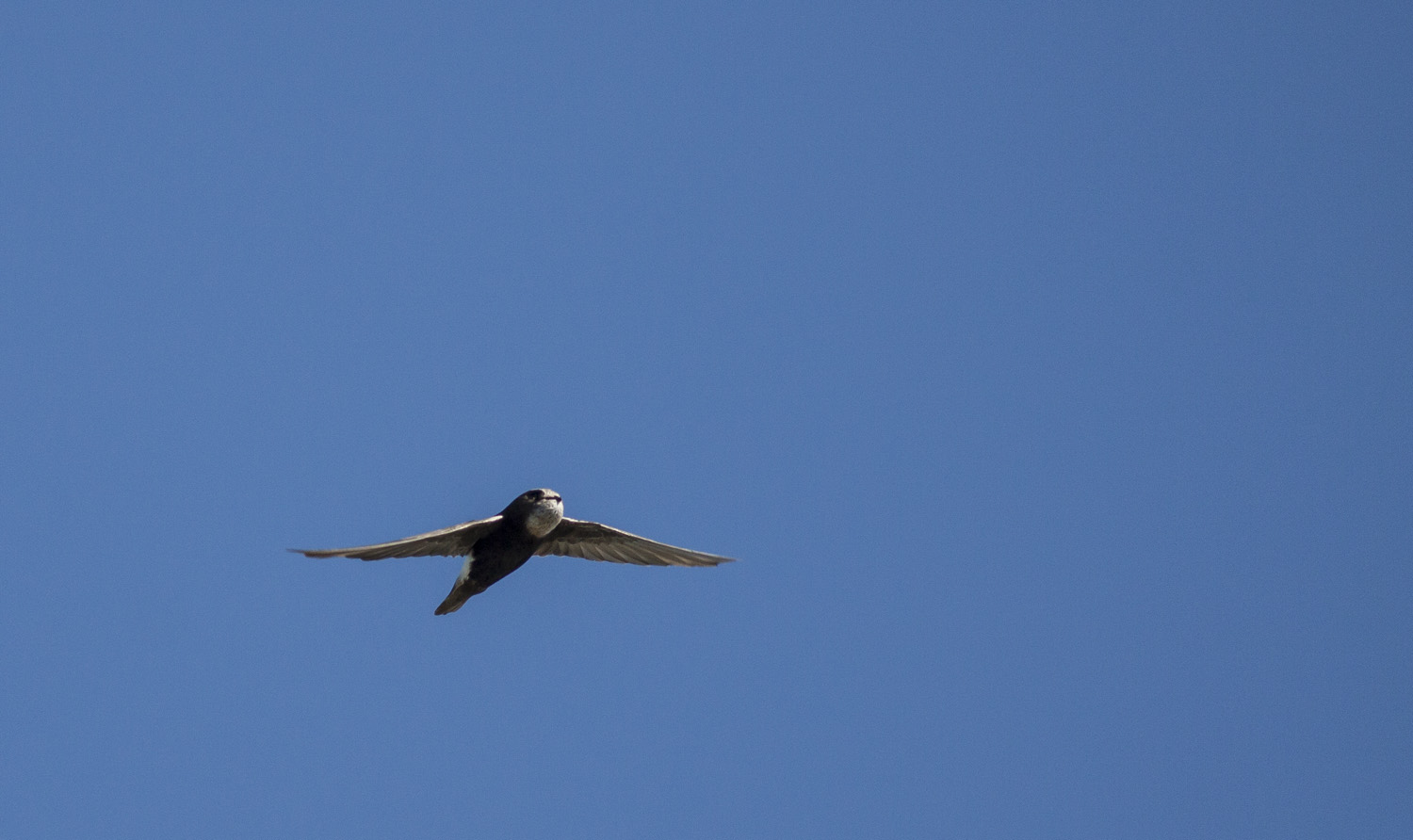
We were both actively photographing and being focused on the Lesser Swamp Warbler feeding in front of us, in a small patch of reeds, perhaps 2 meters by 1.5 meters – just a foot or two in front of us. Suddenly there was a loud call from directly next to us, in the opposite area where we were focusing. Tertius immediately recognized it as a Little Bittern, more like Little Bastard… It had managed to fly in no more than a meter away from us, into the small patch of reeds – but without either of us getting visuals. We knew it was there, right in front of us – and I was desperate to see it, I tried getting around to every angle, but once again it eluded me… We waited for over 30 minutes just to hope it took off out the reeds, but no such luck…

On the way back we managed to see a Common Sandpiper, Ruddy Turnstone and a few other small common waders.
And the day was topped off with one last raptor, a Black Shouldered Kite.
Even though I missed the Little Bittern once again and the weekend held no rare sightings – it was a great time and much appreciation to Tertius.
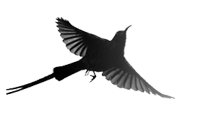


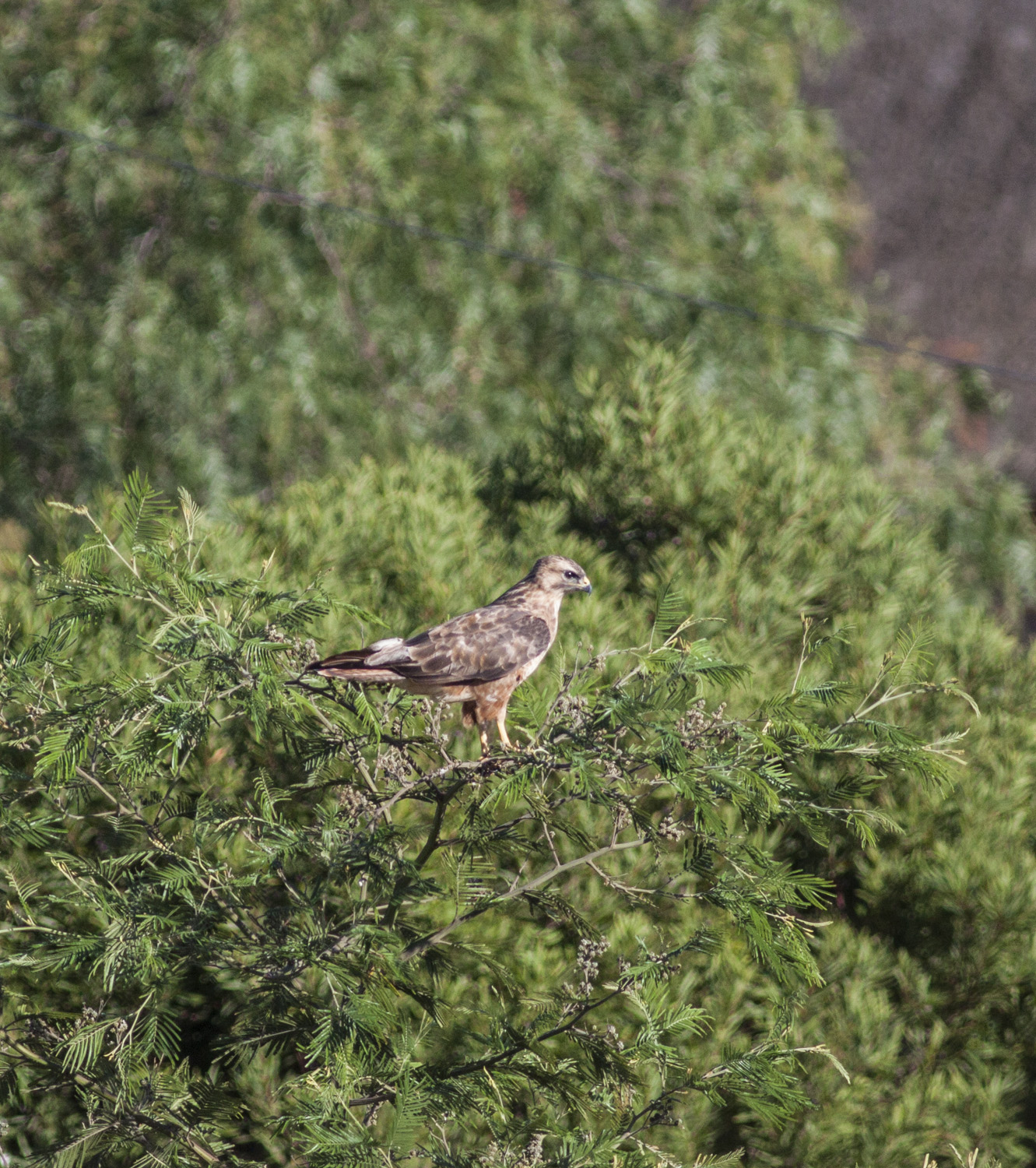
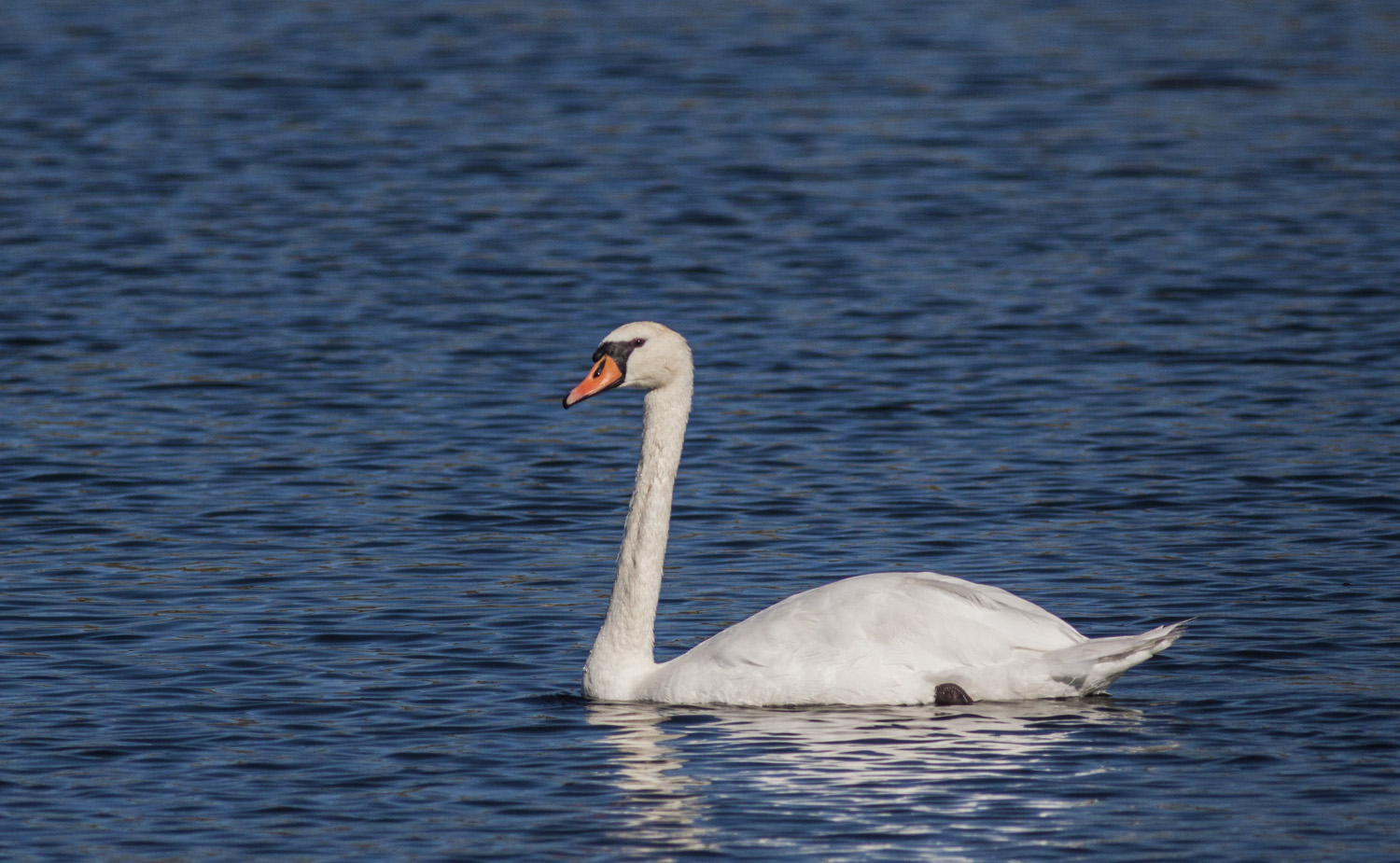
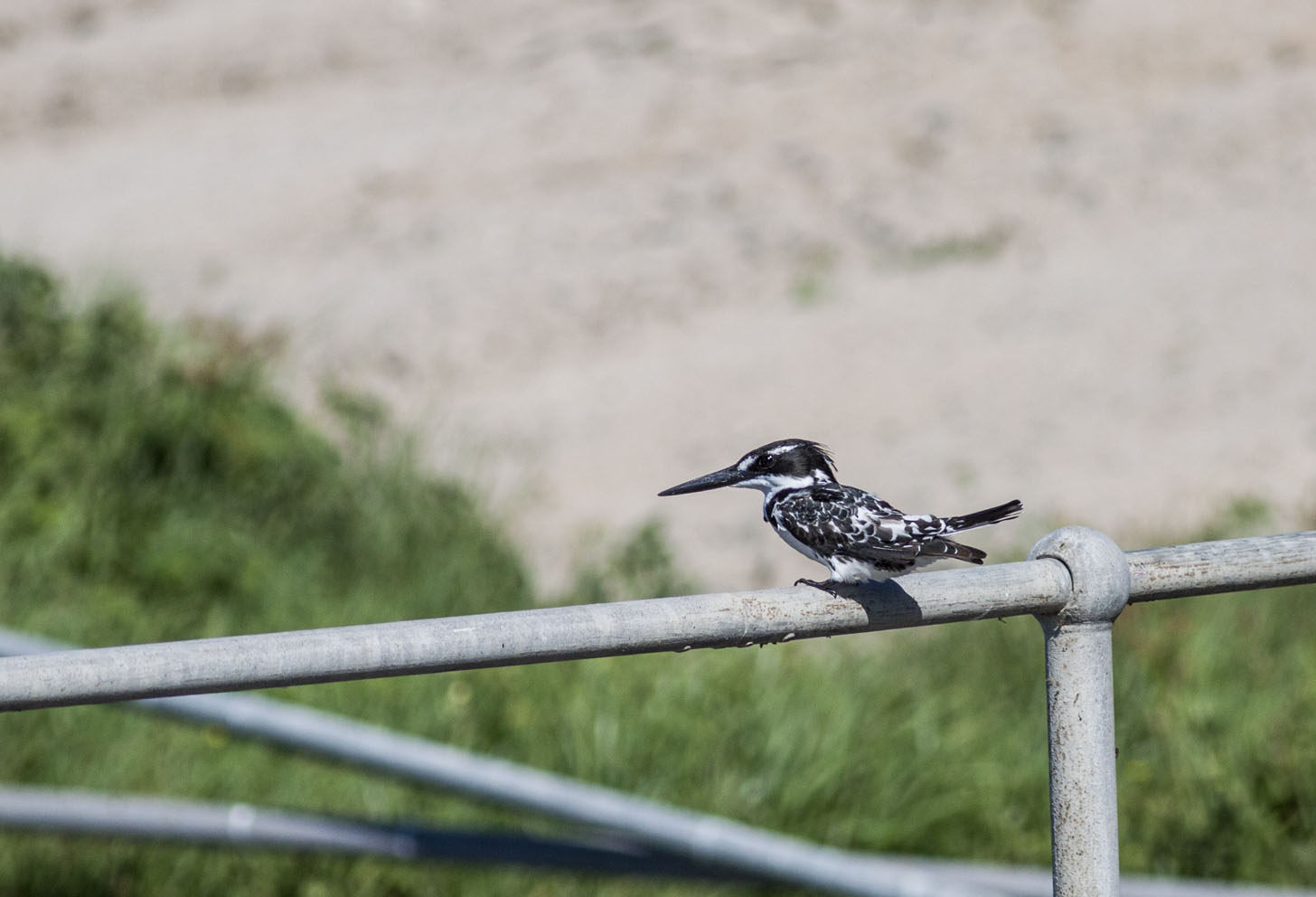







Thanks enjoyed this!